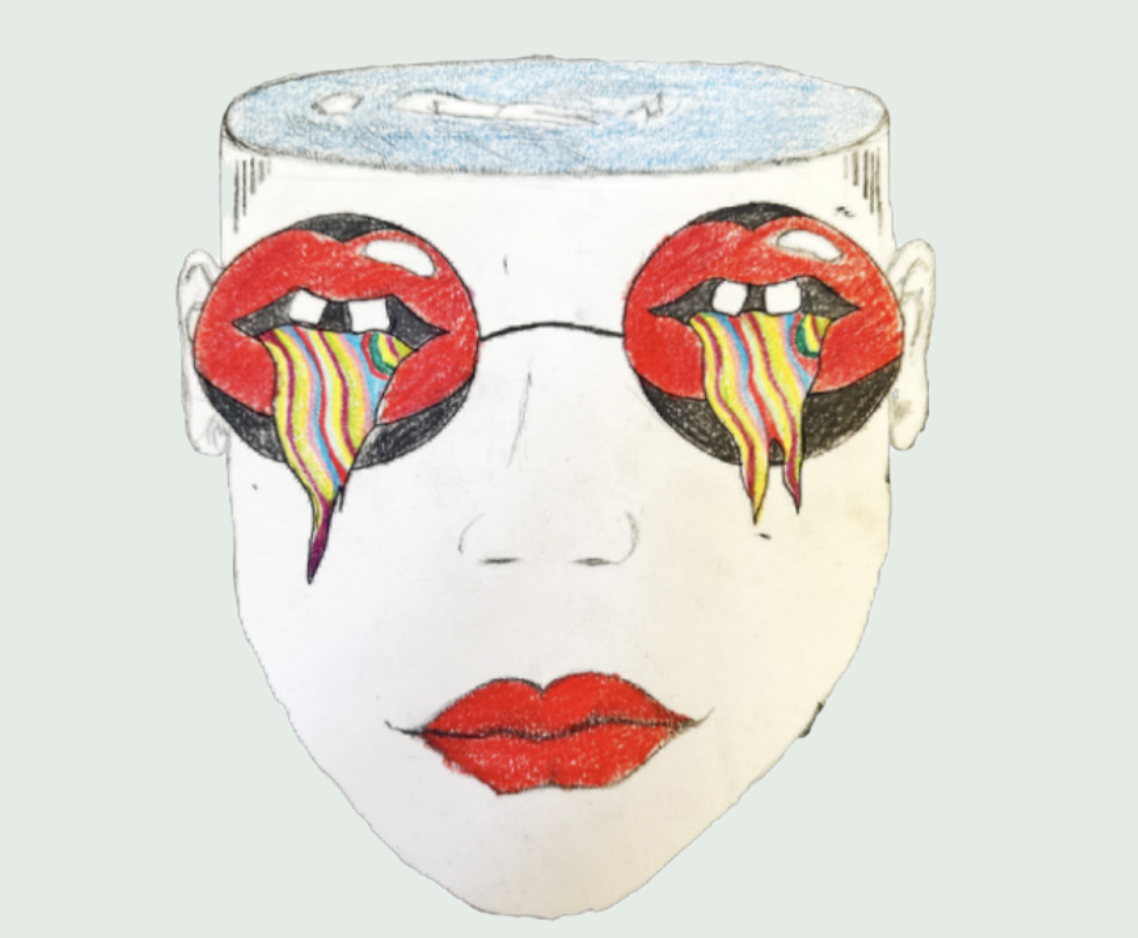No longer seen as exclusively recreational, psychedelics have clinical potential. Photo credit: Sophie Beaumont, The Oxford Scientist
Clinical medicine is experiencing a psychedelic renaissance. Resurfacing from decades of demonisation and damaging legislation, a handful of psychedelic compounds have recaptured the interests of scientists as powerful psychotherapeutic tools. Recent clinical trials have explored lysergic acid diethylamide (LSD), psilocybin, and ibogaine (IBG) as treatments for psychological illnesses such as depression, post-traumatic stress disorder (PTSD), and substance addiction.
Resurfacing from decades of demonisation and damaging legislation, a handful of psychedelic compounds have recaptured the interests of scientists as powerful psychotherapeutic tools.
Psychedelics had been embraced as spiritual healing tools in pre-Columbian Mesoamerican communities, centuries prior to the LSD-craze in the sixties led by Timothy Leary and the US hippie movement. Now, as Western politicians and lawmakers open their eyes to the promise of these compounds, rapid overturning of Nixon-era laws in both recreational and research policy is taking place. Biochemists have seized this opportunity to tune these drugs to target a range of psychological disorders.
Strong visual effects constitute a significant part of a psychedelic trip, with users reporting ‘awe-inducing’ accounts of hallucinations and geometric patterns. In the same vein, “bad trips” tend to involve dark or frightening visuals, leaving some users with lasting feelings of discomfort and disturbance. This is a threat to the safety and widespread implementation of psychedelic therapies.
Currently, psychedelic treatments require medical supervision throughout drug administration to ensure that subjects do not become overwhelmed by the intensity of visual distortions. Eliminating the visual effects using a modified version of these drugs may create safer treatments that could be more easily integrated into daily life.
The visual effects of psychedelics are largely mediated by the activation of 5-HT2A (serotonin) receptors. 5-HT2A activation, however, does not only cause visual effects—it has also been shown to promote cortical structural and functional neuroplasticity. This means it enables our brain cells to grow, change shape, and form new connections in response to stimuli. Such drugs are termed “psychoplastogens” and this psychoplastogenic property is hypothesised to be how psychedelics “rewire” the thought patterns associated with various mental illnesses. This leaves scientists with a problem: decoupling the hallucinogenic and psychoplastogenic effects of psychedelics could be more difficult than previously thought if they arise from interactions with the same receptor.
A potential solution to this problem was proposed by a team at Carleton University in Ottawa which trialled 2-Bromo-LSD—a near-identical molecule, or ‘analogue’, to LSD—previously thought to be useful only in treating cluster headaches. The analogue failed to elicit a head-twitch response (HTR)—a measure of hallucinogenic effects—in lab mice when tested across 100 different doses.
Meanwhile, an LSD control group displayed a significant increase in HTR counts at each dose. Comparisons of these findings point to 2-Bromo-LSD lacking hallucinogenic properties. Nevertheless, the analogue was still found to induce the growth and development of brain cells in the same way as LSD, suggesting that the psychoplastogenic effect is still induced.
A similar study conducted a few years prior concluded that an analogue of IBG —tabernanthalog (TBG)—is unable to elicit a head-twitch response in the same way as IBG, but still retains its psychoplastogenic properties.
We may soon see safe and effective psychedelic treatments for mood and addiction disorders…
Although these non-hallucinogenic analogues are still in the early stages of clinical testing, they clearly show promise. We may soon see safe and effective psychedelic treatments for mood and addiction disorders that replace antidepressants such as selective serotonin reuptake inhibitors (SSRIs).
Several considerations, however, remain before these advances can be clinically implemented. Firstly, there is certainly a case to be made for the therapeutic properties of “bad trips”—challenging visuals can be considered an indispensable contributor to the healing effects of psychedelics. Removal of hallucinogenic effects from psychedelics arguably redefines elements of a practice ancient and sacred to many cultures.Whether modifying and monetising the psychedelic experience is disrespectful or even still deserves to be called “psychedelic” is a valid criticism towards these designer drugs. Psychedelic therapies are still a relatively new and mysterious subfield of medicine, and a lack of concern for the wider cultural context of the compounds can feed into damaging neo-colonial attitudes. Blind and profit-driven scientific progress in the west has birthed some monsters—namely, the Opioid Crisis—and the psychedelic industry must not face the same fate.





